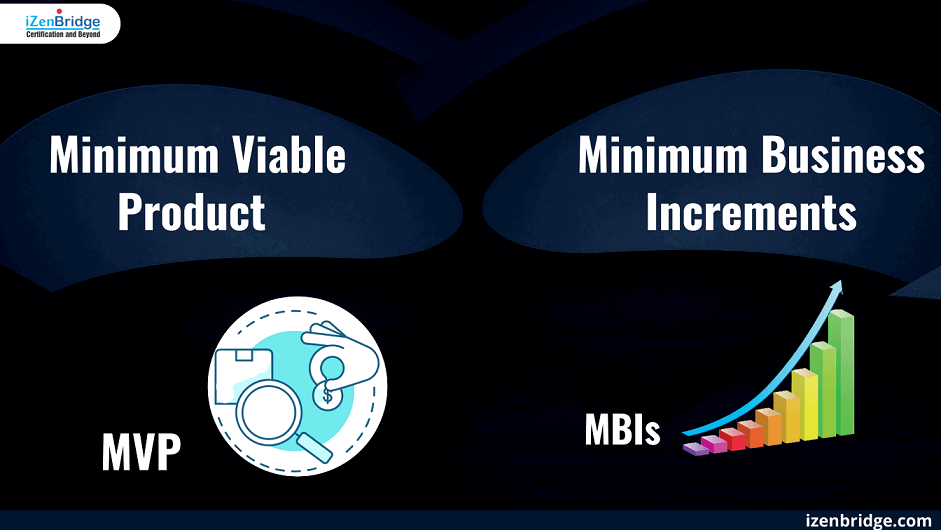

Minimum Viable Product (MVP) and Minimum Business Increment (MBI) are two important concepts in product development and delivery. While they may appear similar, they are actually quite different. In this article, we’ll explore what each of these terms means, how they’re used in product development, and how they compare.
First, let’s define what an MVP is. An MVP is a minimum viable product, a term that originated in the Lean Startup movement. It’s a product with just enough features to satisfy early adopters and to validate the product hypothesis with real customers. It’s a way for startups to test the viability of their product idea and get feedback from users before investing too much time and money into development.
The MVP is a basic version of the product that helps to validate the assumptions about the customer behavior, demand, and the validity of the product or service. By launching an MVP, a business can test the viability of their product without having to make a large investment.
For example, a business idea to deliver flowers online may start with a simple blog page that runs Google ads and receives phone calls from interested customers. The MVP helps the business to validate the hypothesis that there is a demand for buying flowers online. If the MVP shows positive results, the business can invest more time and money into developing a full-fledged online flower delivery portal.
In contrast, an MBI is a minimum business increment. A term was coined by Al Shalloway. An MBI is an increment of product functionality that adds at least some slice of additional business value for the end customer. In other words, it’s a way for businesses to deliver value incrementally to the customer, without delaying the release for too long.
So how do these two concepts differ? The primary difference between MVP and MBI is the focus. MVP is focused on validating a product hypothesis, learning from users, and minimizing the investment. MBI, on the other hand, is focused on delivering business value to the customer, earning money, and incrementally adding features.
In the MVP stage, the product may not have all the features that the end customer needs to complete their business transactions. However, the goal is to get feedback and validate the product hypothesis with a minimum investment. In the MBI stage, the product must add value to the end customer and help them complete their business transactions.
It’s important to note that both MVP and MBI can help businesses update their product backlog and
improve the product over time. Feedback from MVP releases can inform future development and drive product roadmap decisions. Feedback from MBI releases can also help improve the product and guide future development.
| MVP (Minimum Viable Product) | MBI (Minimum Business Increment) |
|---|---|
| Focuses on learning and validation of hypotheses | Focuses on delivering incremental business value to end users and stakeholders |
| Investment is minimum | Value delivered is minimum but adds to business |
| Helps in understanding customer behavior and exploring the product | Helps in generating revenue by delivering incremental value to customers |
In conclusion, MVP and MBI are two important concepts in product development and delivery. While they may appear similar, they have different goals and focuses. MVP is focused on validating product hypothesis and learning from users, while MBI is focused on delivering business value to the customer and earning money. Both can help businesses improve their products and make better development decisions.
Do share your comments on the usages of MVP and MBI in your development environment.